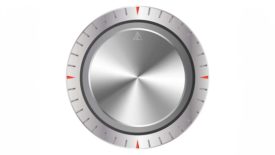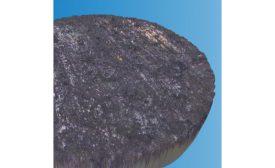Home » Keywords: » analysis
Items Tagged with 'analysis'
ARTICLES
Software & Analysis
Despite your best intentions, you cannot improve a process without first differentiating between common and special causes.
Read More
Software & Analysis
Measurement Systems Analysis
There are many ways to assess the quality of a measurement system.
September 27, 2023
Why Your Team Needs Statistical e-Learning Options
Six Sigma relies on statistics at its core. But using Six Sigma throughout an organization is not always straightforward.
December 9, 2022
Best Practices When Implementing SPC Charts
Control charts should be implemented carefully. Here are best practices to keep in mind.
July 13, 2022
Column | Darryl Seland
Oh, Behave! Navigating Behavioural and Organizational Change
December 20, 2021
The Evolution of Calibration Documentation
Calibration software is the most advanced solution available to support and guide calibration management activities.
December 2, 2020
Fully Characterizing Brake Pad Materials to Improve Performance and Lower Development Costs
Combining benchtop mechanical testing of smaller brake material samples with rapid 3D surface metrology makes it possible to analyze results more quickly than ever before.
September 1, 2018
Stay in the know with Quality’s comprehensive coverage of
the manufacturing and metrology industries.
eNewsletter | Website | eMagazine
JOIN TODAY!Copyright ©2024. All Rights Reserved BNP Media.
Design, CMS, Hosting & Web Development :: ePublishing










